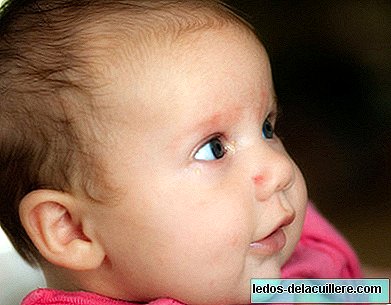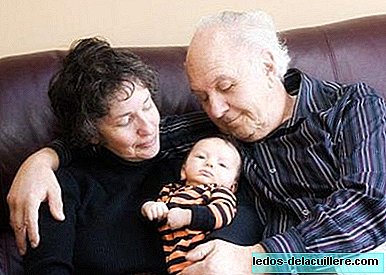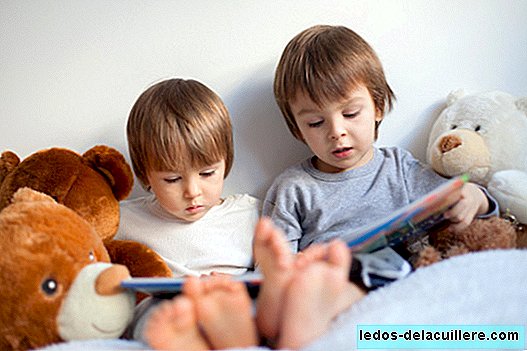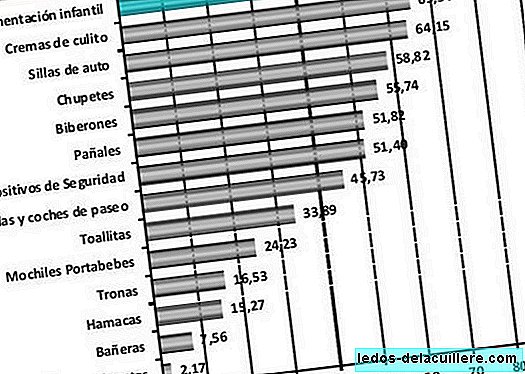
When talking about children, it is very common to say that they are like sponges because they are able to store knowledge as if it were a sponge collecting water.
The question is usually when they begin to be able to learn in the same way (or in a superior way) as adults, and a recent study done in Germany has revealed that since babies, even with three months of age, they are better able to learn languages than adults, by understanding some syllable structures better than us.
This does not mean, of course, that a baby will speak a new language before an adult, because a three-month-old baby does not speak. However, if I could do it, being able to detect complex dependencies between syllables that many adults do not see and when learning spontaneously, they would speak the language before us.
Children have better hearing for the language than we do
The study has been published in the PNAS (Proceedings of the National Academy os Sciencies) in the US and shows that the hearing abilities of infants and young children are greater than those of adults, probably because they are in a hurry to learn A language that we elders.
The scientists wanted to know the mechanisms that babies use when learning a language to see how easily and quickly they did it and realized that Even three-month-old babies are better able to recognize complex rules of spoken language than adults.
How did they do the study
To carry out the study several babies listened to syllable sequences for twenty minutes. While they were listening, their brain responses were measured by electroencephalography.
In the syllable sequences they appeared in pairs, but with a third syllable interspersed. In many of the sequences the syllables were correct, but in many others there were errors.
They were not words, but logical sequences of syllables necessary for the construction of language that adults understood only when they were urged to find the trap. Many babies (not all), however, demonstrated through the EEG that they noticed the infractions.
The scientists also decided to raise the tone of one of the syllables. The babies that reacted to these changes in tone were the same as those who identified the errors in the syllables, the majority being.
Adults, however ...
As we have said, adults were only able to react to deviations in syllables when they were told to try to recognize an error in the presentation.
Interestingly, those who had a more intense brain response to changes in syllable tone were the ones who better captured the rules of the syllables shown.
This seems to indicate that there is a relationship between the hearing ability of babies and the ability to learn a language because, the better they discriminated the tone changes, the better they discovered the traps that the researchers prepared for them.
The ability of children to learn several languages at the same time
This great ability to understand language rules reopens the debate about the possibility of teaching babies several languages at once. We have talked long and hard in Babies and more about it and I come back to the subject because the study and its conclusions give rise to it: babies and children are very capable of learning several languages at the same time and in fact it is usually beneficial for them to learn it that way. However, a language is not learned with a weekly hour, but with the linguistic immersion.
Pretending that a child learns English at daycare by talking to them for a while in English or an extracurricular when they are older is exaggerated and that time could be devoted to more interesting things. If instead one of the parents speaks English or if they go to a nursery or school where that language is spoken most of the time, the thing changes, so it is learned, and you learn while doing other things because the second language becomes a Medium and not in an end.












